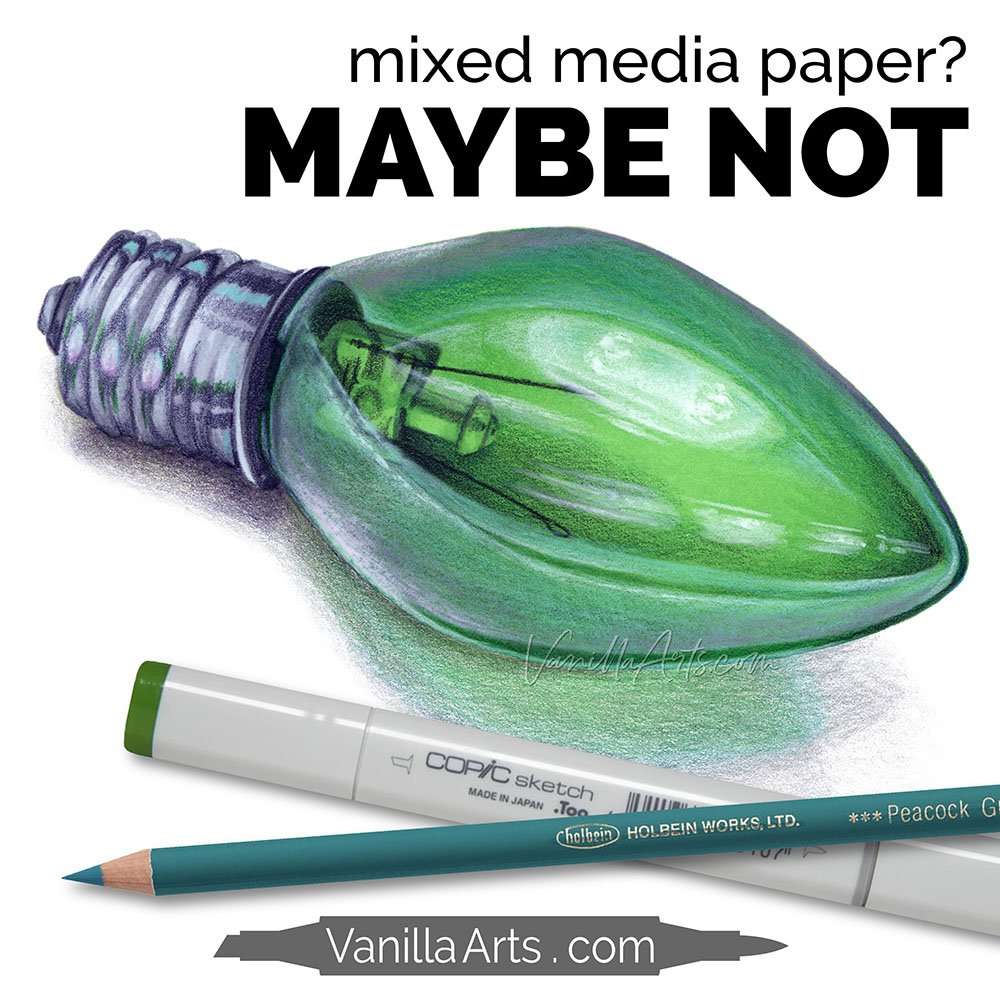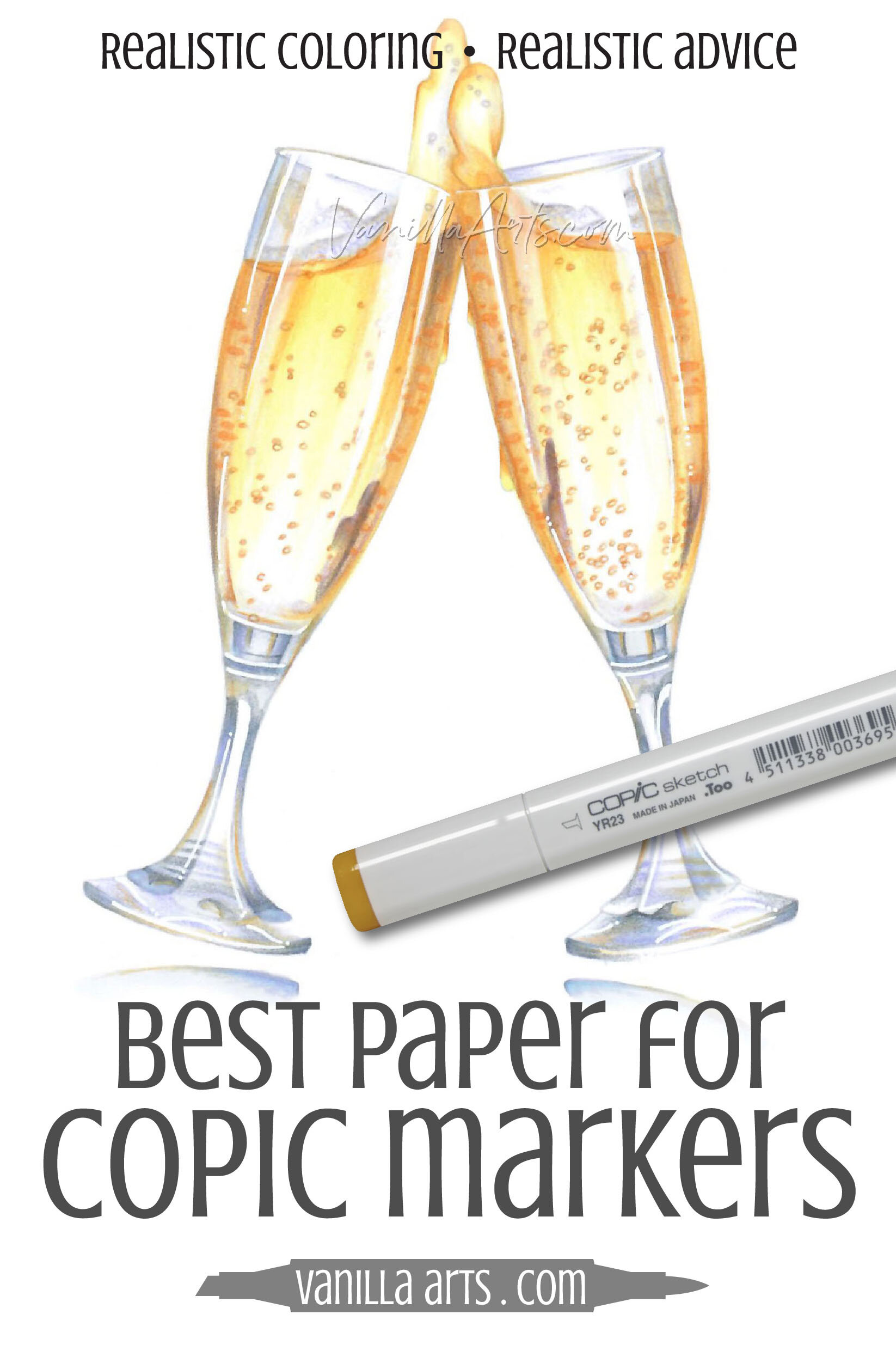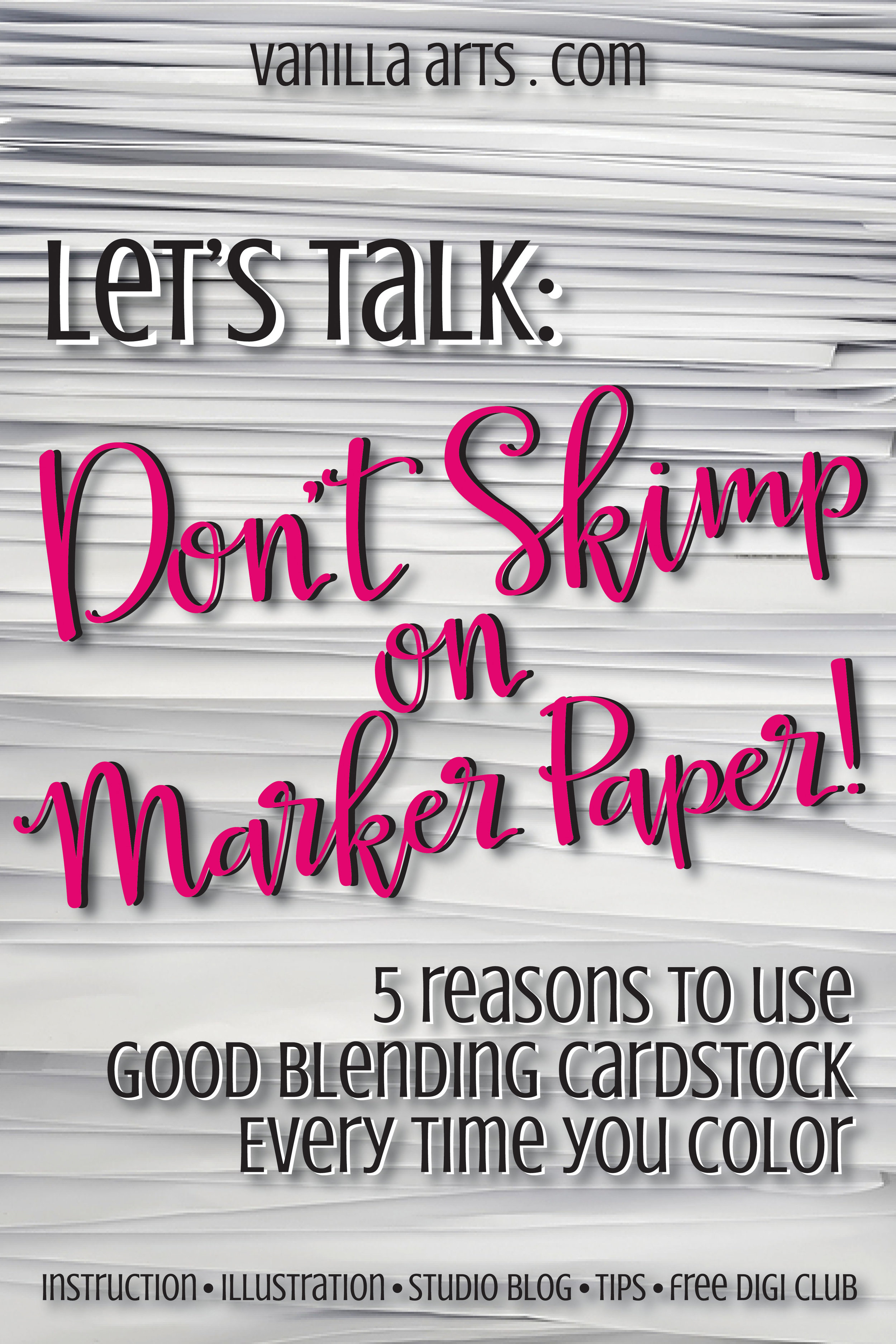
Are Mixed Media Sketchbooks and Paper Good for Markers? - Video Resources
Is mixed media paper a good option for marker + colored pencil projects? Are mixed media sketchbooks worth it?
Amy shares her thoughts on mixed media paper in this free video.

Best Paper for Copic Markers: Recommendations from 4 Top Marker Instructors
What is the Best Paper for Copic Markers?
The truth is that there isn’t one best marker friendly paper or card stock for everyone. Smart artists match their style of coloring to the paper they use. To help you find your ideal paper without buying and testing every paper on the market, I’ve talked with 3 instructors, asking them which papers they use, what they teach with, and their best beginner recommendation…


